Do you have dense breasts? Download this informational handout on how MBI Boosts Early Detection.
Beatriz E Adrada, MD, Tanya Moseley, MD, S Cheenu Kappadath, PhD, Gary J Whitman, MD, Gaiane M Rauch, MD, PhD
Abstract: Molecular breast imaging (MBI) is an increasingly recognized nuclear medicine imaging modality to detect breast lesions suspicious for malignancy. Recent advances have allowed the development of tissue sampling of MBI-detected lesions using a single-headed camera (breast-specific gamma imaging system) or a dual-headed camera system (MBI system). In this article, we will review current indications of MBI, differences of the two single- and dual-headed camera systems, the appropriate selection of biopsy equipment, billing considerations, and radiation safety. It will also include practical considerations and guidance on how to integrate MBI and MBI-guided biopsy in the current breast imaging workflow.
Full Article in Journal of Breast Imaging, Volume 2, Issue 5, September/October 2020, Pages 484–491
Deborah J. Rhodes, MD
With the passage of a 2019 US federal law directing FDA to ensure that mammography facilities provide a summary to patients categorizing their breast density and explaining how it can influence mammography accuracy, providers will increasingly be called on to discuss the options for supplemental screening. Numerous studies have elucidated the extent of masking that occurs with mammography screening in dense breasts when mammography is compared with other supplemental screening modalities. Despite this evidence, there is currently no consensus among experts or imaging societies as to whether or with what supplemental screening should be performed, leaving providers to counsel patients regarding the balance of benefits and harms.
Full Article in Menopause: January 2020 – Volume 27 – Issue 1 – p 110-112
Elizabeth H. Dibble1, Katie N. Hunt2, Eric C. Ehman2 and Michael K. O’Connor
OBJECTIVE. The purpose of this article is to review clinical uses and image interpretation of molecular breast imaging (MBI) and clarify radiation risks.
Full Article in American Journal of Roentgenology. 2020;215: 277-284. 10.2214/AJR.19.22622
OBJECTIVE. The purposes of this review are to discuss the motivation for supplemental screening, to address molecular breast imaging (MBI) radiation dose concerns, and to provide an updated guide to current MBI technology, clinical protocols, and screening performance. Future directions of MBI are also discussed.
OBJECTIVE. Molecular breast imaging was implemented in routine clinical practice at a large community-based breast imaging center. The aim of this study was to retrospectively assess the clinical performance of molecular breast imaging as a supplementary screening tool for women with dense breast tissue.

